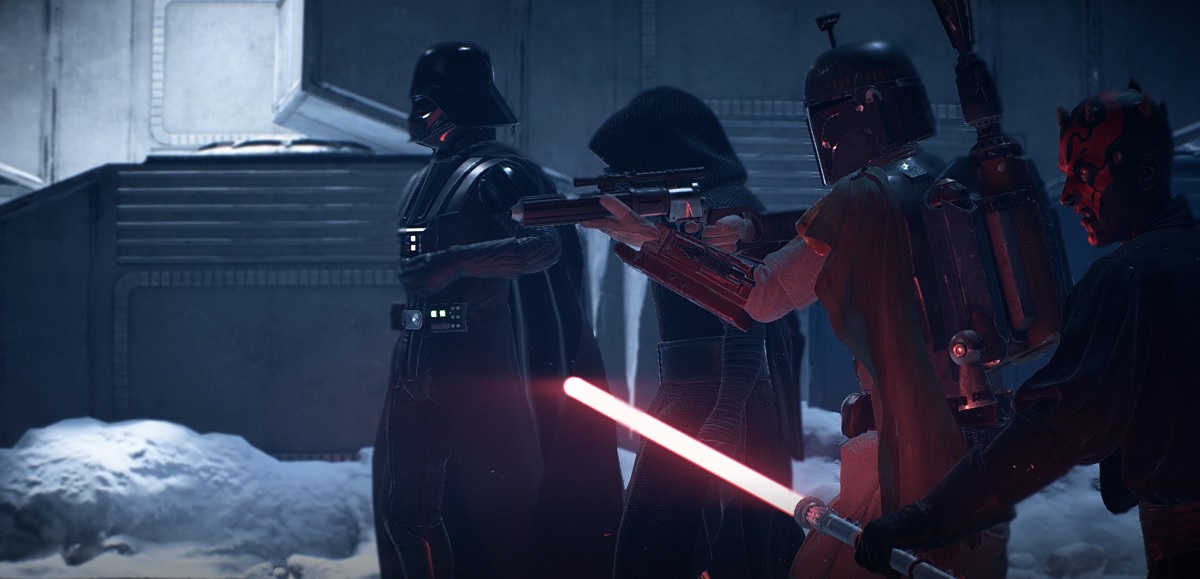Star Wars: Battlefront II is one of the most accessible shooters to date. It debuts on November 17 on the Xbox One, PlayStation 4, and Windows PC. The game should draw a broad mix of both hardcore shooter enthusiasts and casual Star Wars fans.
EA crafted the multiplayer experience to scale across those audiences, according to my interview with multiplayer leaders Paul Keslin, producer at EA DICE, and Pete Lake, producer at Criterion. We talked about the design process in part one of our interview.

Unlock premium content and VIP community perks with GB M A X!
Join now to enjoy our free and premium membership perks.
![]()

![]()